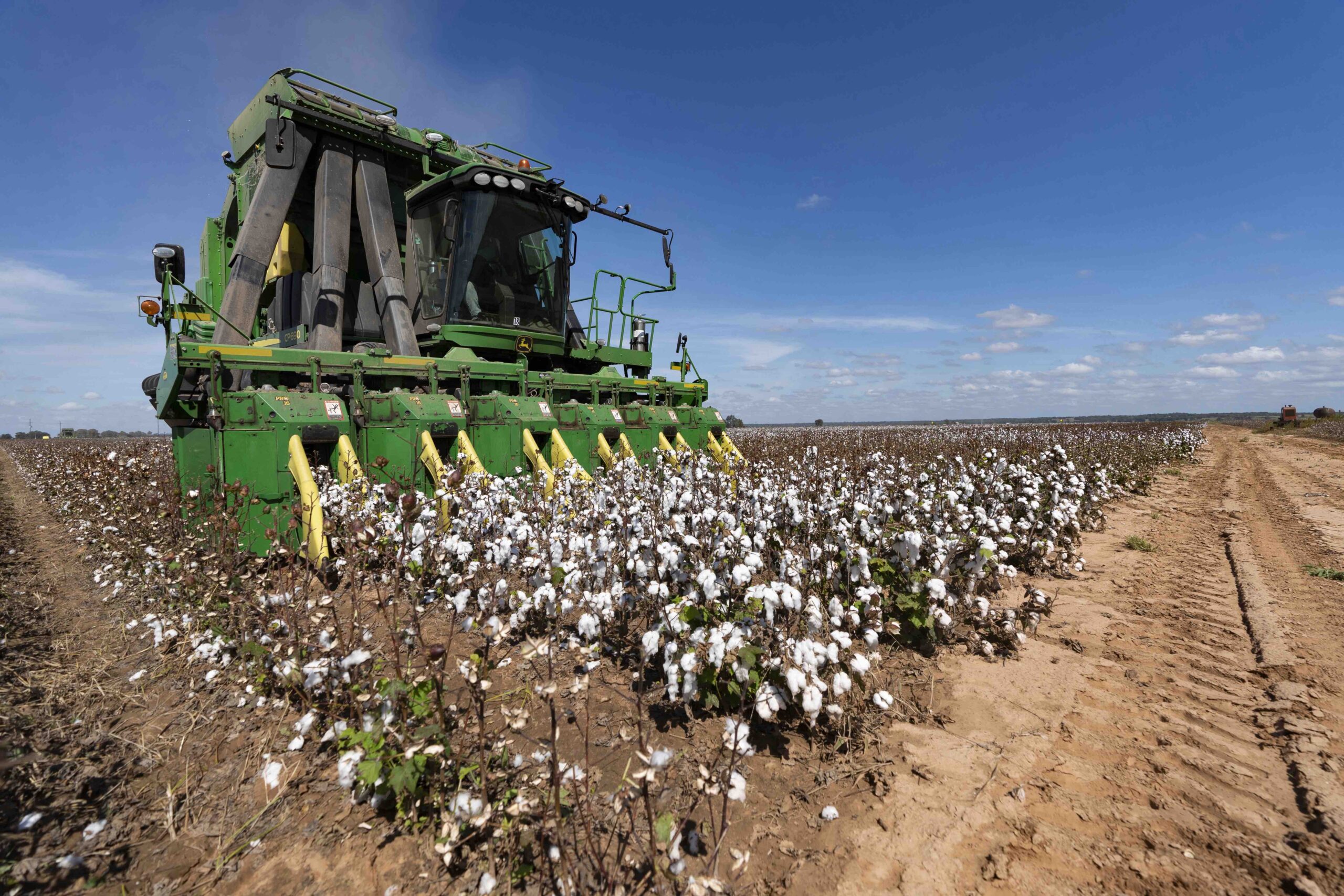The first step to forecasting new crop supply and demand involves focusing on planted acreage. Economists emphasize the influence of price, i.e., that of cotton as well as the prices of competing spring-planted crops. For example, the average new crop corn:cotton price ratio in the first quarter of the year (currently 6.1) suggests between 10.5 and 11.0 million acres of U.S. all cotton planted in 2024.
We can be a little more quantitatively precise than just eyeballing Figure 1. A simple regression of cotton acreage as a function of the new crop corn:cotton ratio would predict 10.8 million acres of cotton planted. This is based on more observations, going back through the Fall.
But even with a presumably accurate point estimate, there are reasons to believe that number might be too high. First, general inflation has created a new threshold for input prices. While the cotton price is higher than the long-term average, the cost of inputs has accelerated faster than the output price, meaning that even at 80 cents with typical yields, many producers will be at or below their total cost of production. Even though 80 cents will often cover variable costs, that level of potential loss is unattractive. Who would have thought that 80-cent cotton would not be profitable? Not many. But the elevation of costs of production has brought us to a point where historical relationships are probably not nearly as accurate for predicting future behavior.
Additionally, the insurance price for contracts this year are currently in the 80-cent range, which means that the revenue floor provided by insurance will not cover costs of production either (assuming 65-75% coverage levels). This fact will likely cause financers to demure on providing high levels of production loans. For those that self-finance, this locks in modest losses should a crop failure happen. Again, this makes planting less attractive.
Taken together, these facts suggest that simple models of planted acres are likely overstating intentions. It could be that cotton “loses least” in many producer portfolios, and they go ahead and plant cotton. But, producers with other alternatives may find cotton is not the best alternative.

Hudson, Darren, and John Robinson. “Cotton Acreage and Relative Prices.” Southern Ag Today 4(6.1). February 5, 2024. Permalink


